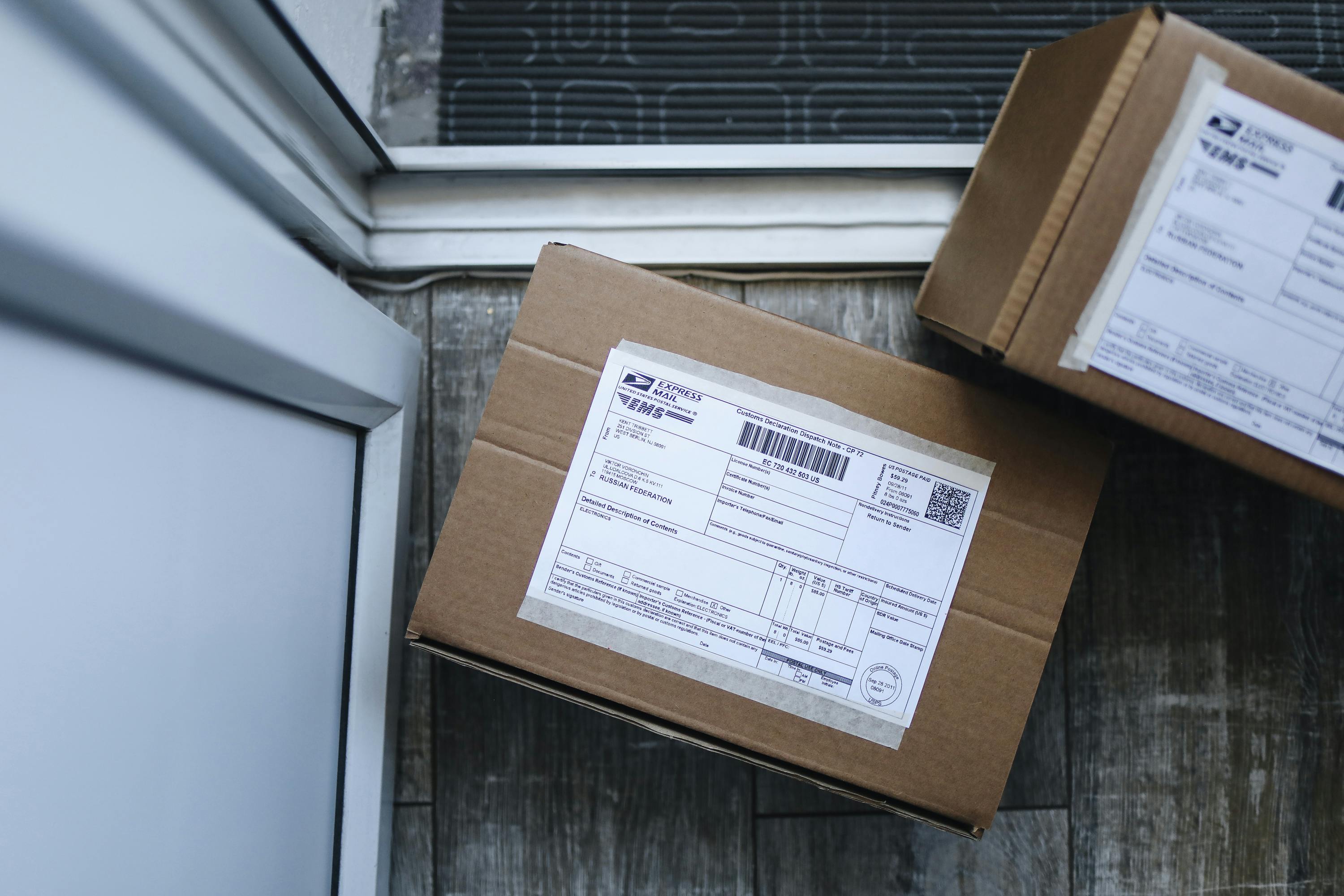History
Before GST, taxes were levied on goods that were manufactured. The service industry in Canada was much smaller than it is today, and manufacturing dominated the economy. This tax was also buried in the price of the goods and was paid by the manufacturers. The end consumer did not see this tax, just like the excise taxes on tobacco and gasoline that still exist today. As the economy shifted towards services in the 1980s, the GST was introduced to tax a wider range of items at a lower rate. This also meant that overall tax revenue would increase.
GST/HST applies to new items
GST and HST are generally charged on new items produced in the economy. That’s why resale houses, used cars and second hand items are not charged HST. There is a risk that frequently sold items may be taxed repeatedly in the same transactions. Although tax collection could be higher in the short term, the distortion in the economy would also be high as resale items would become much more expensive and overall transactions would be smaller. Items deemed necessary for living are not charged GST/HST. This would include food purchased at grocery stores. Food prepared in a restaurant is generally charged GST/HST as this would be considered unnecessary. Buying food in bulk is often exempt compared to buying individual servings for this reason. There are also specific items that are exempt from GST/HST, such as mortgages and insurance.
Consumer pays GST/HST
Many goods are manufactured in stages. Typically there is the stage of extraction of material carried out through mines or wells. This material is passed to a manufacturer who converts the material into a form suitable for manufacturing. A product is manufactured and can go through different processes before it is finally sold to the final consumer. GST/HST is charged on each transaction, but will be refunded to the person who paid it, unless the person paying the GST/HST is the end consumer. This avoids taxing the same item multiple times at each stage of the manufacturing process. Services can also go through multiple stages if they are provided to businesses in stages before being delivered to a consumer. A company that makes something and sells it to another company would pay the GST/HST and then request a refund. When the business completes its GST/HST form, it will record the sales tax paid as an “Input Tax Credit” or ITC. This would effectively reduce the GST/HST you are paying and the net result would be what the company pays to the government.
Exemption for small providers
Since keeping track of these taxes can be time consuming, the government has allowed smaller businesses or “small providers” to avoid having to keep track of GST/HST. On sales worth $30,000 or less, GST/HST is not required unless you have registered to do so. The registration rules follow in the next paragraph. On $30,000 of sales, this would equate to $3,900 of GST/HST excluding expenses and assuming Ontario tax. Most small businesses have expenses, and some provinces have a lower sales tax rate.
registration rules
If you have gross sales of $30,000 or less as a business, you would not need to register for GST/HST. Once you reach this threshold, the CRA will require you to complete this registration. If you do not, you will be deemed to owe tax using your gross sales, including any GST/HST due. The GST/HST amount would be withdrawn from your sales as if you had been collecting sales tax and not paying it. If you have sales under $30,000 per year and have registered voluntarily, you are still required to collect and submit GST/HST even if your sales are below the threshold.
Process for companies
If you’ve signed up to charge GST/HST, you’ll need to track all sales you make with sales tax as part of the price. If listed separately, it would add up all GST/HST collected in a given period. For most companies, the period would be one year. If your company has a large amount of gross sales, the frequency will be higher, it can be quarterly or monthly. The CRA will notify you when these thresholds are crossed. You would complete a GST/HST statement indicating your gross sales, GST/HST collected, and input tax credits. Entry tax credits are GST/HST paid on your expenses that would then be deducted from the GST/HST collected. There would be a net result that would be either positive (you would remit the difference to the government) or negative (you would claim a refund from the CRA). This would be done each period even if sales or sales tax is not collected. You would have to file until you deregister due to closing of business, sale of business, filing for bankruptcy, etc.




